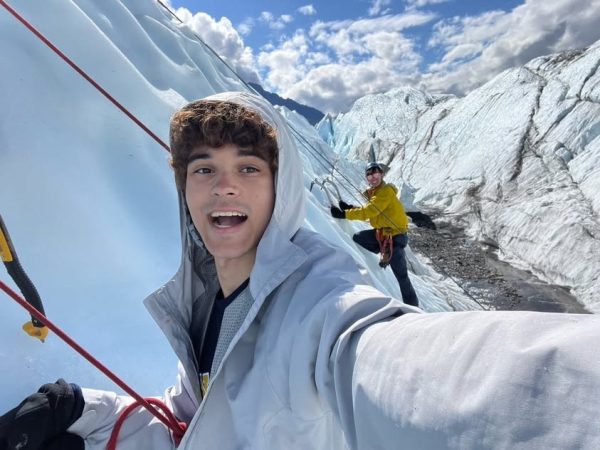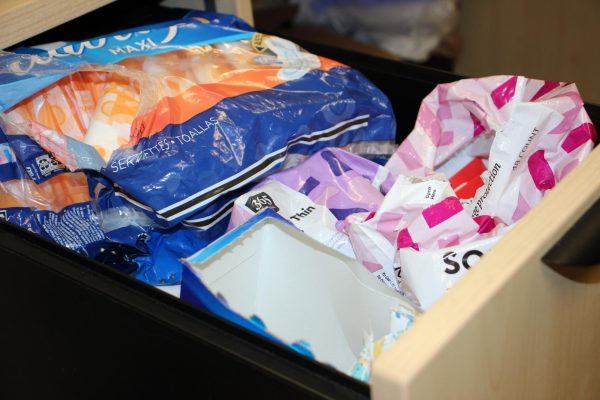From Genes to Geniuses
Exploding volcanoes. Simple machines. The occasional chemical reaction.
These are experiments of the typical science class. However, in Chikezie Madu’s AP Biology class, students are not making foam rise. They are not seeing mold grow on petri dishes.
Rather, they are extrapolating DNA; they are transforming genes.
“We are probably one of the few schools in Memphis that does this,” Madu said. White Station’s AP Biology students are extrapolating the luciferous gene, the segment of DNA that gives a firefly the capability to glow, from firefly DNA. Then, they insert this gene into a bacterial cell without the glowing trait. By doing this, the bacterial cells will soon be able to glow.
Simply, students are “taking foreign DNA from one organism of different species and transforming it,” said Madu.
“It’ll be interesting to do something that was once technologically impossible,” Francesca Giorgianni (11), an AP Biology student, said.
But the project did not begin here. Earlier this year, students started by taking DNA from a strawberry.
“It was just a really simple DNA extraction,” Giorgianni said.
Yet through these simple actions, students are making the abstract real.
“It was interesting to see something that was only hypothetical before. I didn’t have to visualize it anymore,” Giorgianni said.
While removing DNA from a strawberry was fairly simple, doing the same with the firefly’s luciferous gene is more complicated.
“It’s a ground breaking thing, and high school students are doing it,” Giorgianni said.
Although groundbreaking, transforming genes is not new to the scientific world; as Dr. Madu relates, inserting foreign DNA into an organism has been done with pigs and many other animals before. And if pigs can be made to glow with a firefly’s luciferous gene, a basic bacterial cell can be, too. But this is all a learning process.
“One of the fascinating things is that they are doing this all by themselves. They do the research, they read up on it, they are learning the techniques,” Madu said. “It’s a student directed learning activity.”
And it’s not easy. AP Biology is known to be one of the most rigorous classes White Station offers. The students who choose to take AP Biology, work on their labs in class, during lunch and after school.
“It’s a lot of work and the material is really hard… you get out of it what you put in,” Giorgianni said.
One day, Madu says, a student will be reading a journal or listening to NPR and they’ll exclaim “Oh! I really understand this,” because of AP Biology. This is because of the effort they put in.
Madu is planning for his students to visit the University of Tennessee at Knoxville’s Molecular Research Center, where they will learn how to sequence a gene from a small organism. This is similar to what they are doing now, just on a larger scale.
“This is just the beginning point,” Madu said about his students’ journey.
“We have some of the best students in the city, truly, I’m extremely proud.”
Your donation will support the student journalists of White Station High School. Your contribution will allow us to purchase equipment and cover our annual website hosting costs.





































